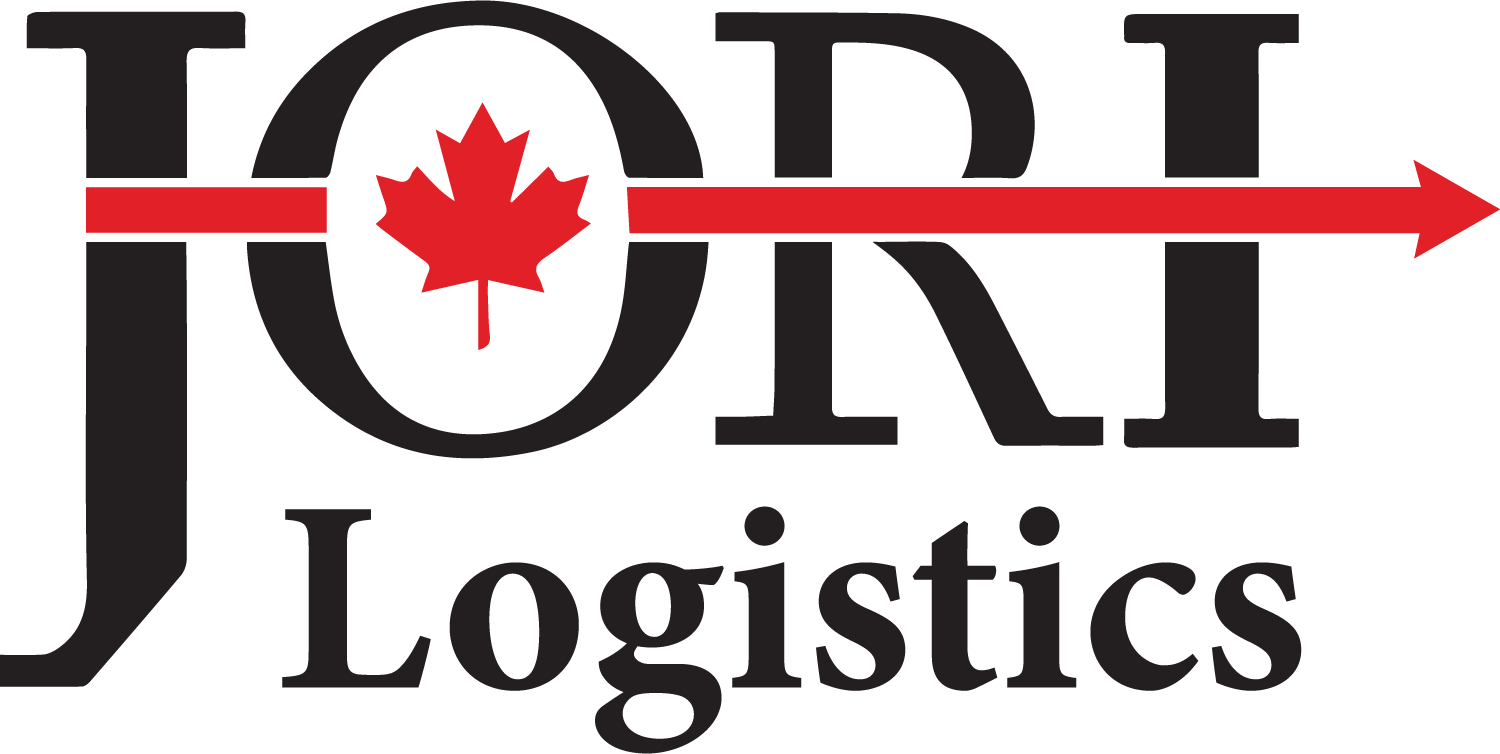What is 3rd party fulfillment?
Third-party fulfillment is an outsourced logistics solution where a business (merchant) contracts a 3rd party company to store its merchandise, pick and pack its orders, and handle its last mile shipping from the fulfillment center to its end customer.
Let’s use a specific example to provide clarity.
- Umbrella Co. manufactures high end umbrellas in Calgary, Alberta. They want to reach new customers in the U.S.A. To do this the decide to start marketing their product online.
- When a customer orders their product online Umbrella Co. wants to ensure the customer receives the Umbrella quickly and for a very cheap shipping price.
- To facilitate the shipping and logistics, they hire a 3rd party fulfillment company based out of Denver to receive and store inventory, to pick and pack online orders, and to arrange the final shipping delivery to customers in the U.S.A.
A typical transaction would look like this:
A typical transaction would look like this:
- Umbrella Co. sends a large order of Umbrella inventory to the 3rd party fulfillment center in Denver.
- An Umbrella Co. customer from Miami orders and purchases an umbrella online.
- This triggers an electronic message to the fulfillment center with the shipment details such as quantity, make / model and the delivery address of the end customer.
- The fulfillment center receives the information and retrieves the items and packages it for shipping (this is called pick and pack).
- The fulfillment center then ships the product to the customer in Miami.
- Typically, fulfillment centers negotiate “last mile shipping” which means they have discounted shipping rates from Denver to Miami.
- Finally, if the customer in Miami has an issue with the umbrella, there is a mechanism in place so that returns are processed, and the umbrella is returned to the fulfillment center.
How can an eCommerce Business use 3rd Party Fulfillment as a Competitive Advantage?
The eCommerce market is crowded, and it can be hard to separate your business from other competitors. You need to make sure that you are different in some way. If you are not, then bigger businesses with more resources will beat you out by using lower prices.
When customers buy things online, they want four things. Merchants can set themselves apart by giving these to their customers:
- Fast Delivery (Same Day or Next Day)
- Free Shipping
- Positive “Unboxing Experience”
- Easy Return Process
All four of these “differentiators” can be achieved by partnering with a 3rd party fulfillment center. Here is how. Many fulfillment centers offer additional services that merchants should explore to help them differentiate:
- Outbound Shipping Options
- Does the fulfillment center have pre-negotiated shipping rates to give fast and cheaper last mile shipping options?
- Does the fulfillment center offer same day or next day delivery options?
- Branding Opportunities
- Can the fulfillment center help create a positive “unboxing experience” by adding marketing inserts, customized packaging, or combining / sorting orders?
- Quality Control or Assembly
- Can the fulfillment center assemble products or do quality control, so the merchant doesn’t have to do this in their own facility?
- Can the fulfillment center review product returns and determine if they can go back into inventory?
How can eCommerce help traditional businesses reach new customers?
The biggest advantage of eCommerce is the ability merchants have to reach new customers outside of their traditional markets. By partnering with a 3rd party fulfillment center these eCommerce merchants can not only reach new customers, but they can also ship to these new customers quickly and cheaply. This adds to a positive buying experience for the customers.
In a nutshell, this is an over simplified overview of how it could work:
- An eCommerce merchant identifies a new geographic customer base it wants to market to.
- The eCommerce merchant finds a 3rd party fulfillment center close to the geographic area it has identified.
- The eCommerce merchant ships inventory to the 3rd party fulfillment center.
- When a customer in the new market orders a product online, the order is fulfilled by the 3rd party fulfillment center.
- Rinse and repeat.
NOTE: Choosing a location for the fulfillment center must be approached strategically.
